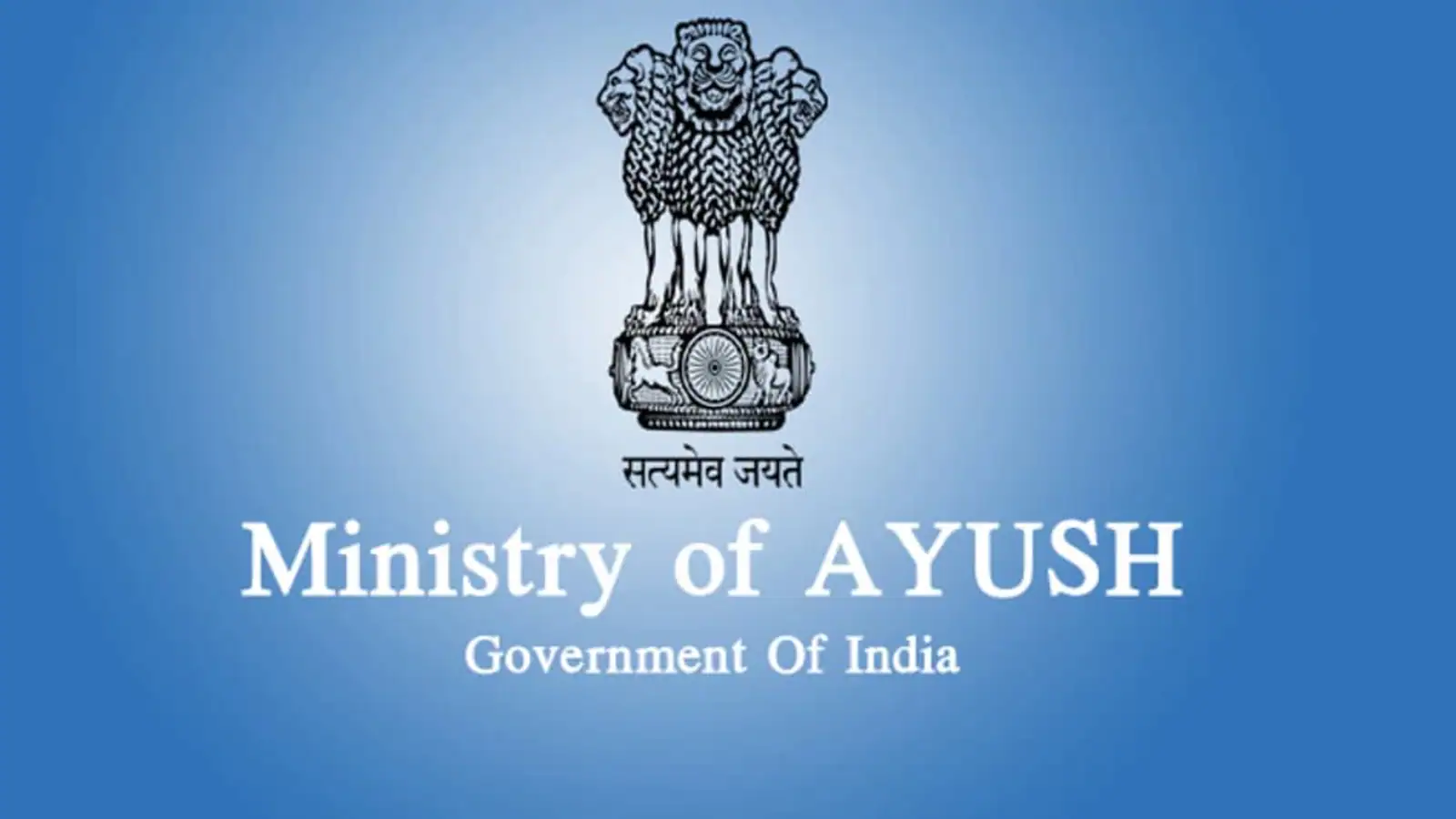Different types of Colitis
Ischemic colitis
Ischemic colitis is a condition that can cause pain and inflammation in the colon. It occurs when blood flow to the large intestine is temporarily reduced. This can happen due to constricted blood vessels or low blood pressure. This decrease in blood flow can cause a deficiency in oxygen and nutrients for the tissues in the digestive system. As a result, the tissues in the intestines may become damaged and require surgery or other treatment to repair the damage. This condition can affect any part of the colon, but the left side is most frequently affected.
The diagnosis of ischemic colitis is based on clinical findings. Bright red blood in the rectum can be a sign of the disease. However, it is important to note that not all cases of ischemic colitis will have bright red blood.
Crohn’s colitis
Crohn’s colitis is an inflammatory bowel disease (IBD) that causes inflammation of the intestine. Symptoms of Crohn’s disease include abdominal pain, bloody diarrhea, and weight loss. It can also lead to other complications, such as abscess formation.
Crohn’s disease causes inflammation in the walls of the intestine. This inflammation blocks the absorption of nutrients from food. This leads to abdominal pain, bloating, and cramping, and can also cause bleeding and ulcers. Symptoms of Crohn’s disease can be difficult to manage and can even be life-threatening. However, the disease is treatable. Treatment options include dietary changes, nutritional supplements, and surgery.
There are several different categories of Crohn’s disease, from mild to severe. In milder forms, the disease does not impair the body’s functions. In severe cases, the disease may cause cachectic weight loss, an intraabdominal abscess, or other complications. Severe cases may even require hospitalization.
Entamoeba histolytica
The diagnosis of Entamoeba histolytic in colitis is not always straightforward. Incubation periods of the disease may range from days to years. However, when the infection is diagnosed, it is highly likely to be treatable with antibiotics. Infections with this parasite are often asymptomatic, but in rare cases, they may cause serious complications.
The patient presented with epigastric pain and fever. The symptoms gradually worsened over four weeks. Diaphoresis was also noted. A computed tomography (CT) scan of the abdomen confirmed the presence of a 2.8 cm diameter lesion in the liver. The patient was treated with metronidazole and paromomycin. However, abdominal pain persisted after the treatment.
The symptoms of Entamoeba histolytic infection vary widely from mild diarrhea to fulminant dysentery. They can be asymptomatic or may lead to systemic symptoms, including anorexia and cramped abdominal pain. It is essential to seek medical care for suspected Entamoeba histolytic in colitis as soon as possible to minimize any possible complications.
Necrotizing enterocolitis
Necrotizing enterocolitis (NEC) is an inflammation of the intestine and may occur in infants. It is caused by bacterial infection, and the mucosa of the small intestine may be damaged. This injury may allow the bacterial infection to continue. Most commonly, Escherichia coli, Klebsiella pneumoniae, and Proteus mirabilis are the pathogens found in NEC.
Initial treatment for necrotizing enterocolitis involves the establishment of vascular access and the provision of antibiotics. Nutritionists and pharmacists play critical roles in antibiotic selection and dosing. Total parenteral nutrition (TPN) is also essential. Necrotizing enterocolitis is a serious condition that requires intensive care.
Necrotizing enterocolitis can affect any newborn, though it is most common in premature babies. It is often associated with a low oxygen level during birth, and it can progress quickly.
Allergic colitis
Allergic colitis is a condition in which the intestines are inflamed and swell up. It is caused by exposure to certain allergens. The symptoms of allergic colitis are often severe and may require medical intervention. Treatment is based on a combination of avoidance of allergens and the treatment of the underlying allergy.
Fortunately, it is possible to treat the symptoms of allergic colitis with diet and other treatment measures. In addition to changing diet, children can also undergo allergy testing. A test can detect the offending allergens and reduce the symptoms of the disease. In many cases, these testings will be helpful in removing offending foods from the diet.
The signs and symptoms of allergic colitis usually begin to appear in infants during the first two months of life. They can include gassiness, blood in the stools, and irritability. Babies will also often experience nausea, vomiting, and diarrhea. Some infants may also have other symptoms associated with other allergies. However, the symptoms of allergic colitis are not always noticeable. Babies may look normal, but the presence of blood and mucous is a sure sign of allergic colitis.
- Quantum Breakthrough: Room-Temperature Superconductivity Achieved
- India’s Cricket Fervor Hits Fever Pitch as World Cup Final Nears
- India Takes on Australia in the 2023 ICC Men’s Cricket World Cup Final
- Pharma Jobs: AIIMS Raipur Announces Direct Recruitment for 31 Pharmacist and Dispensing Attendant Positions; Applications Open till July 31, 2023
- Got Utkarsh Small Finance Bank IPO? Find Out NOW! Simple Steps to Check Your Allotment Status!
- Voltas and Zee Entertainment Lead as Volume Toppers in Stock Market; See High Trading Activity








